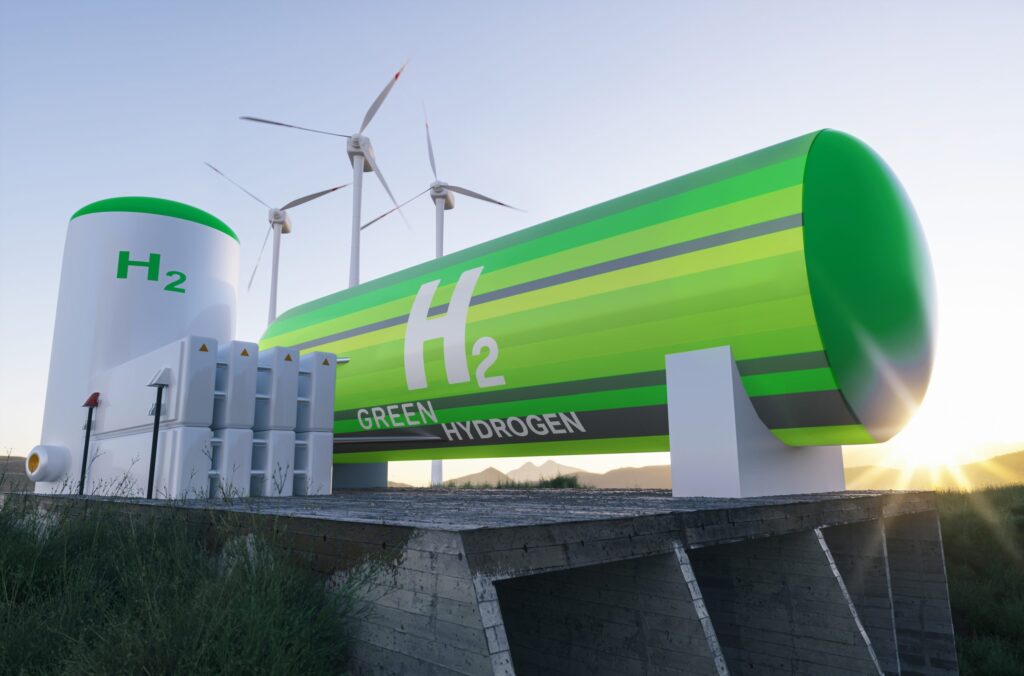Oman Ventures into Green Hydrogen Pursuits
Image Source: Gulf Leader Circle
Oman, a member of OPEC-plus, has swiftly transformed its predominantly upstream energy image by refocusing on renewable and green hydrogen projects. The Gulf Arab state has set an ambitious target to produce 1 million tons per year of green hydrogen by 2030, with concrete steps taken to ensure the realization of this goal. At the recent Green Hydrogen Summit in Muscat, international energy executives flocked to Oman, reflecting the industry’s keen interest and the sector’s potential for substantial growth. This heightened interest is crucial as it could lead to increased commercial returns with greater scale. State support is expected to instill confidence among investors eyeing Oman’s green hydrogen projects, according to Omani officials.
Key to driving Oman’s green hydrogen strategy has been the restructuring of government entities involved in the energy sector. Last year, Hydrogen Oman (Hydrom) was established in Muscat as an enabling entity responsible for managing the allocation of land blocks across the country for green hydrogen projects. Following the closure of the inaugural bid round earlier this year, a second round is now open to award two or three blocks for green hydrogen projects, with a prequalification deadline set for Jan. 28, as disclosed by Hydrom Managing Director Abdulaziz al-Shidhani during the summit. “We offered up to three blocks, and we expect to get two projects … we are not in a rush to get three,” al-Shidhani stated. The winning bids are expected to be announced by the end of April. Each project is required to have a minimum production capacity of 150,000 tons per year. To date, Hydrom has awarded six projects, bringing the total planned production to around 925,000 tons per year. The remaining four projects are anticipated to be awarded by June 2024, according to Firas al-Abduwani, the Director-General of Renewable Energy and Hydrogen at the Ministry of Energy and Minerals.
Oman’s overall green hydrogen capacity target is ambitious, aiming for up to 3.75 million tons per year by 2040 and up to 8.5 million tons per year by 2050. Achieving these goals could necessitate investments as high as $140 billion. However, none of the awarded projects have reached the final investment decision (FID) stage, and officials and executives anticipate this to occur closer to 2026 upon the completion of front-end engineering design works. In the event of financial pressures arising from higher-than-expected costs, the Omani government is prepared to intervene by offering additional incentives, including tax breaks and discounted land fees, according to Hydrom’s al-Shidhani.
Notably, the SalalaH2 consortium, comprising Oman’s state-owned OQ AE, Marubeni, Dutco, and Samsung C&T, secured the latest project award this week. Earlier this year, major companies such as BP and Shell had signed agreements with Hydrom.
Oman faces regional competition, with Saudi Arabia’s Neom scheme being the only project in the region to have reached FID, planning to produce up to 1.2 million tons per year of green ammonia. This project aims to export green ammonia from the end of 2026 to global markets, contributing to the decarbonization of the heavy-duty transport sector. Despite regional competition, Omani officials express confidence in the substantial global demand for green hydrogen, emphasizing that any FID worldwide is seen positively as it addresses risks on a global scale. These risks include uncertainties surrounding the structure and functioning of green hydrogen supply contracts crucial for financing production facilities.
Source: Chemanalyst

